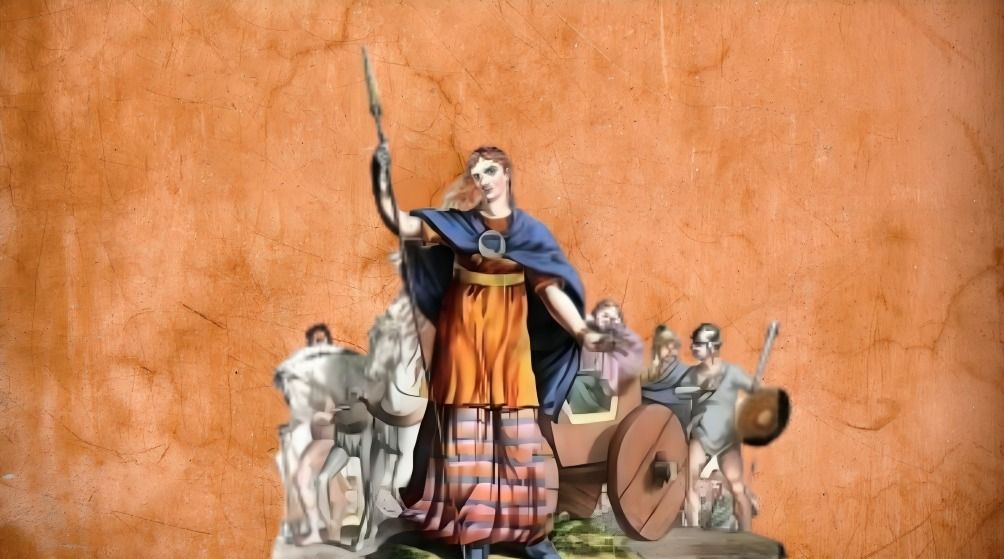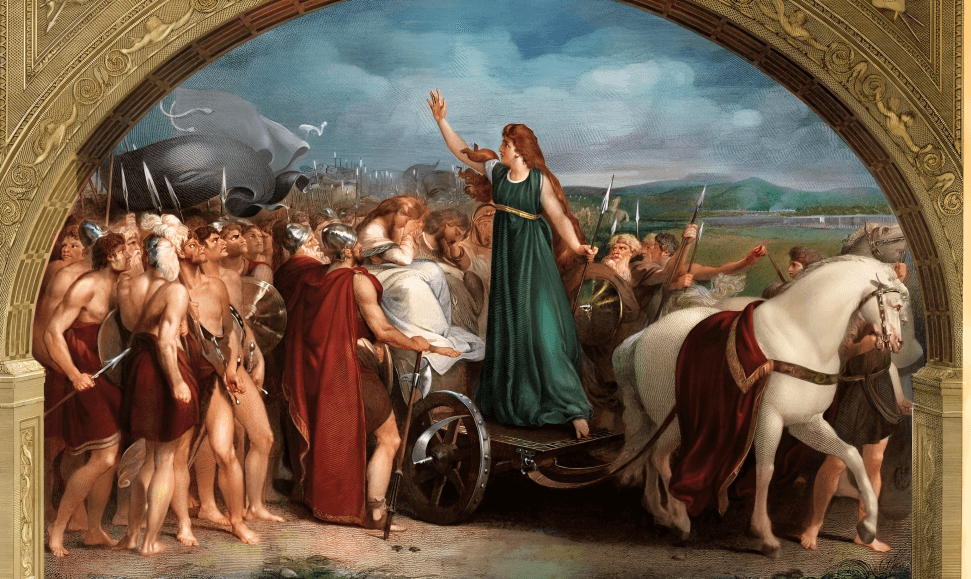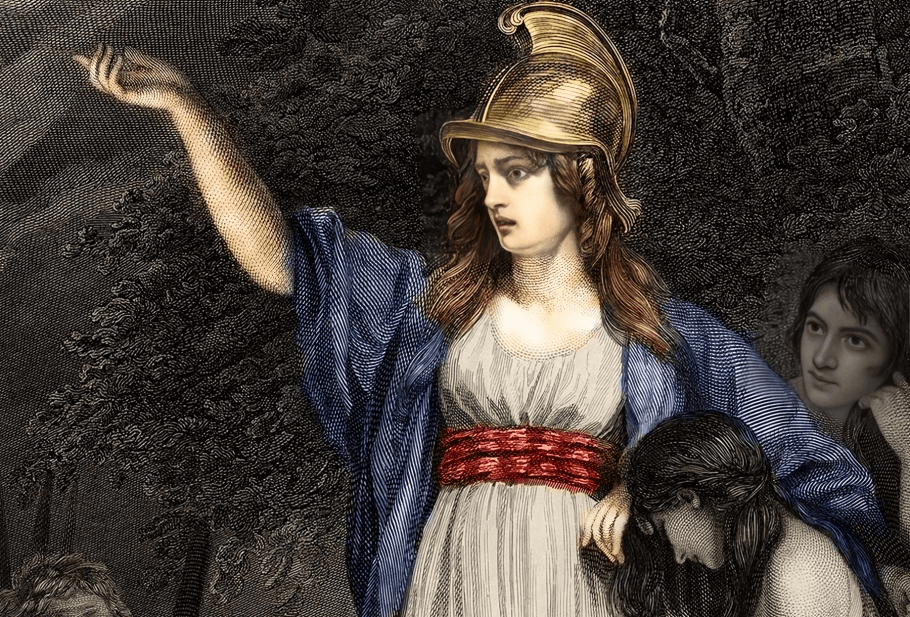
“
Boudica, the legendary warrior queen of the Iceni tribe, remains an iconic figure in British history. She led a formidable revolt against the Roman Empire in AD 60-61, showcasing incredible bravery and resilience. Her story is one of defiance, courage, and a relentless quest for justice. In this blog, we delve into 20 amazing facts about Boudica that reveal her life, leadership, and legacy. From her daring uprising to her enduring influence on culture and history, these facts shed light on one of the most inspiring and formidable women of the ancient world. Get ready to be amazed!1
1
”
Boudica, queen of the Iceni tribe, led a major revolt against Roman rule in Britain around AD 60-61, becoming a symbol of resistance and defiance against foreign oppression.1
Boudica’s husband, King Prasutagus, had made a will leaving his kingdom jointly to the Romans and his daughters, but the Romans ignored it, sparking the revolt led by Boudica. 2
Following Prasutagus's death, Roman officials seized Iceni's land, flogged Boudica, and violated her daughters, pushing her to rally other tribes to wage war against the Romans. 3

Boudica's forces were massive, reportedly numbering around 100,000, and they successfully destroyed Roman settlements, including the Roman capital of Britain, Camulodunum (modern-day Colchester).
Despite early victories, Boudica’s army was eventually defeated in battle by the Romans, led by Governor Gaius Suetonius Paulinus, who strategically chose a battleground that exploited the weaknesses of Boudica's forces. 4
Roman historians Tacitus and Dio Cassius recorded Boudica’s rebellion, painting her as a powerful, vengeful leader who stood against the cruelty and injustice of Roman occupation. 5
Boudica’s rebellion, though unsuccessful in the long term, is considered one of the most significant uprisings in ancient Britain and helped lay the foundation for future resistance movements. 6
Boudica’s name and legacy are celebrated in modern Britain, with numerous statues, including a prominent one in London near Westminster Bridge, honoring her as a symbol of strength and defiance. 7
Boudica's courage and leadership made her a legendary figure in British folklore, embodying the fight for freedom and the resilience of indigenous people against imperial powers. 8
Her exact fate after the defeat remains unclear, but many sources suggest Boudica either died from illness or took her own life, rather than falling into Roman hands. 9
In the aftermath of the rebellion, the Romans retaliated with extreme brutality, massacring thousands of Boudica's followers, but the Iceni never fully recovered from the destruction.10

Boudica’s revolt demonstrated the fragility of Roman control over Britain and exposed the resentment and unrest that simmered beneath the surface of Roman imperialism.
The myth of Boudica's revenge against the Romans has been immortalized in literature, art, and film, symbolizing the archetype of a fierce female warrior fighting for justice. 11
Despite being severely outnumbered and outgunned, Boudica’s forces were initially successful because of her military strategy, knowledge of local terrain, and hatred for Roman rule. 12
Boudica’s personal losses—her husband’s death, and the mistreatment of her daughters—served as emotional fuel for her to seek vengeance, making her a deeply personal symbol of resistance. 13
The Roman historian Tacitus described Boudica as a tall woman with a harsh voice, striking appearance, and fiery red hair, which added to her formidable reputation. 14
Boudica’s leadership is an inspiration to feminists and activists, symbolizing the strength and resilience of women who take a stand against injustice, even in the face of overwhelming odds. 15

Boudica's rebellion marked a turning point in Roman governance, as it prompted changes in how Rome dealt with native tribes, though it also led to further military occupation.
While Boudica’s defeat was crushing, her legacy lived on through her daughters, and her story continues to inspire generations as a symbol of resistance and the fight for freedom. 16
Boudica’s fight against the Romans represents a pivotal moment in the history of resistance, reminding us that even the most powerful empires are vulnerable to the will of the oppressed. 17


